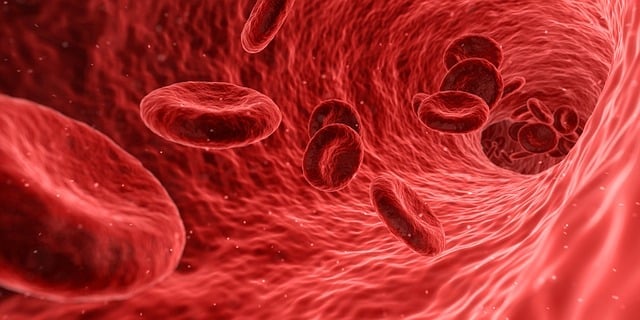Advancing Melanoma Treatment: The FDA Gives Lifileucel The Greenlight in Historic Cell & Gene Therapy Breakthrough

Introduction
The FDA approved its first-ever cell therapy for solid tumours. Lifileucel (AMTGAVI) is a specific type of T-cell therapy called tumour-infiltrating lymphocyte (TIL) therapy, developed by Iovance Biotherapeutics.
This marked a turning point in the cell and gene therapy (CGT) field because it is the first and only time an individualised T-cell therapy has received accelerated FDA approval for a solid tumour. This tumour-derived autologous T-cell immunotherapy is used to treat melanoma.
In the USA there are currently 100,000 people living with melanoma, while melanoma only accounts for 1% of skin cancers it is responsible for a large majority of skin cancer deaths. Furthermore, according to the Skin Cancer Foundation, it is estimated that the number of new melanoma cases diagnosed in 2024 will increase by 7.3%. This demonstrates the growing necessity to develop CGTs to treat this life-threatening disease.
Manufacturing and Development
Lifileucel is a tumour-derived autologous T cell immunotherapy. It separates T cells from a small section of the patient’s tumour tissue. Those cells are then cultured, expanded, and reinfused into the same patient as a single dose for infusion. Lifileucel effectively replenishes the body with these anti-cancer immune cells, compensating for the reduced efficacy of naturally occurring TILs over time.
Related:
- Comparing Allogeneic and Autologous Stem Cell Transplantation Approaches
- Applications of Stem Cells in Personalised Medicine
- In Conversation With… Sophie Mountcastle, Network Manager, Innovation Hubs for Gene Therapies
Clinical Trial Results
FDA approval was based on the safety and efficacy results from the global C-144-01 clinical trial. This trial comprised a sample of 89 patients with unresectable (unable to be removed with surgery) or metastatic melanoma (cancer that has spread from its site of origin to other parts of the body) who had already been treated with at least one systemic therapy.
Among the 73 patients treated at the recommended dose, the objective response rate was 31.5%, with 4.1% experiencing a complete response and 27.4% a partial response. Additionally, a significant proportion of responders—56.5%, 47.8%, and 43.5%—maintained their responses without tumour progression or mortality at six, nine, and 12 months, respectively.
The accelerated approval of lifileucel marked a milestone in Iovance’s mission to develop the next generation of cell and gene therapies. Frederick Vogt, CEO and President of Iovance Biotherapeutics, proudly stated: “Given the unmet needs in the advanced melanoma community, we are proud to offer a personalised, one-time therapeutic option for these patients.”
Challenges and Limitations
Manufacturing CGTs has always presented unique challenges that are not present when developing more traditional therapies and lifileucel was no different. While lifileucel's approval was a major step forward, some obstacles still need to be overcome.
The therapy carries a boxed warning for adverse side effects associated with the treatment, as a result, the drug is only offered at assigned treatment centres in an inpatient hospital setting. Furthermore patients must stay within a 2-hour radius of the treatment facility for several weeks after receiving the infusion to monitor for any severe side effects.
In terms of patient eligibility, patients who cannot undergo surgery or those without sufficient resected tumour tissues will not be suitable subjects for the therapy. Therefore, this vastly reduces the number of patients living with melanoma who meet the patient eligibility criteria.
For autologous therapies such as lifileucel, there is no straightforward approach for scale-up because each batch of cells is manufactured for an individual patient. Each unique collection of cells varies in starting material and yield, which highlights the importance of developing innovative solutions to increase throughput and efficiency.
Conclusion
This momentous achievement represents a highly important step towards achieving accessible and commercially viable CGTs. However, there is room for improvement regarding making the manufacturing process more efficient and scalable. Additionally, patient eligibility criteria, including the requirement for sufficient resected tumour tissues, restrict the therapy's applicability to a wider population of melanoma patients. Overall, lifileucel underscores the transformative potential of personalised therapies in treating melanoma.
Related Resources

.png)





